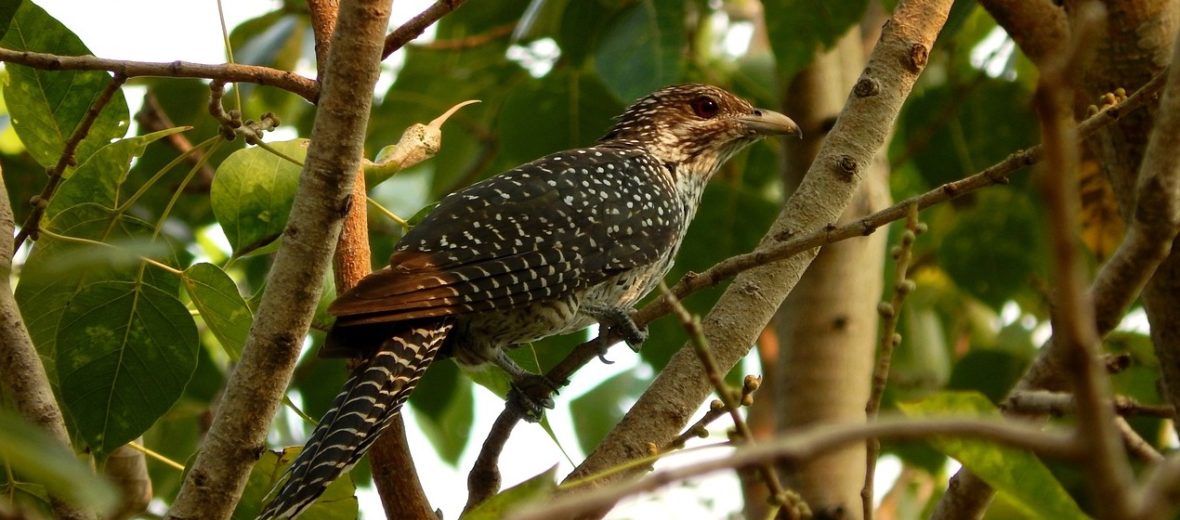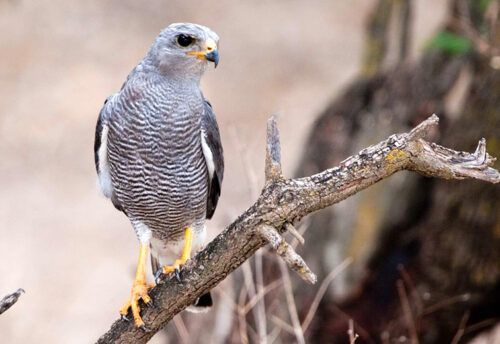
The cuckoo is a bird which is native to Africa, Asia, Australasia, Europe, and the U.S. They get their name from their unique behavior of laying eggs in other’s nests and from their call that sounds like their name. There are 54 known species of cuckoo in the world and only 2 of which live in Europe. Even though there are only 2 known species of these birds in Europe, they are the most widespread breeding birds on this continent. Other birds in their family are the anis couas, coucals, koels, malkohas, and roadrunners.
First the Stats…
Scientific name: Cuculidae
Weight: Up to 21 ounces
Length: Up to 14 inches
Wingspan: Up to 13+ inches
Lifespan: Up to 7+ years
Now on to the Facts!
1.) Only the male cuckoos call with the famous “cuck-oo” sound. Even though the whole family of birds shares the name, only the common cuckoos sound off with this call. All others make various sounds to attract a mate and warn of danger.
2.) Females produce a bubbling sound that resembles that of water draining out of a bathtub.
3.) They prey on caterpillars, insects, reptiles, and amphibians.
4.) Cuckoos migrate each winter to escape the cold. However, when vacationing in the south, the males do not sing.
5.) It is estimated that over 120+ different species of birds have been parasitized by cuckoos.
But wait, there’s more on the cuckoo!
6.) This species of bird is called a brood parasite. This is because they will lay their eggs in other bird’s nests. These eggs typically look similar to their host’s existing eggs. They then leave the host to rear their chick as a sort of foster parent.
7.) In certain instances, the deposited egg doesn’t look quite like the others and is summarily ejected from the nest. Nice try, cuckoo.
Did you know…?
The favorite species to lay imposter eggs in their nests are meadow pipit, dunnock, and reed bunting. The female also tends to lay her egg(s) in the nests of the same species of bird that raised her.
8.) Females lay between 12 – 22 eggs each season. 1 egg per host nest.
9.) Approximately 20% of the eggs left in other bird’s nests are ejected.
10.) Cuckoo chicks rarely tolerate other birds in the nest and will often times eject them from the nest before they hatch. The cuckoo chicks also are able to produce the same call as the host bird.
Now a Short Cuckoo Video!
Also, check out the Critter Science YouTube channel. Videos added frequently!
Want to suggest a critter for me to write about? Let me know here.



